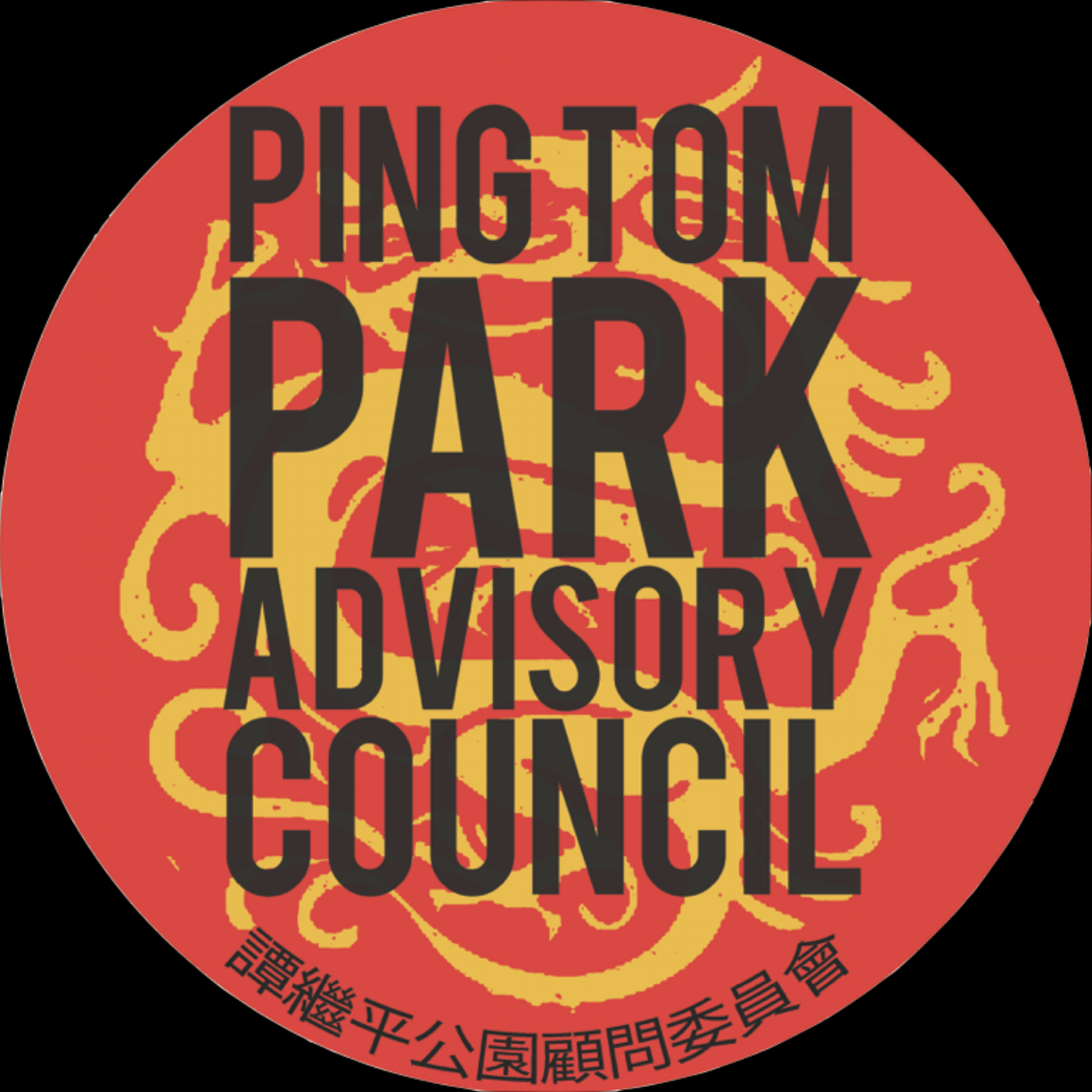Nobody calls the near West Side of Chicago “Jew Town” anymore. The great-grandchildren of the merchants who sold ... well, just about everything ... at the sprawling open-air market on Maxwell Street have scattered — to Rogers Park, then Skokie, then everywhere.
Many of the city’s old ethnic enclaves were were shattered by supposed “progress,” whether the Italian community on Taylor Street, bulldozed by the expanding University of Illinois at Chicago, or the heart of Bronzeville, cut out by CHA high rises.
Chinatown is an exception. Not only has it preserved its ethnic character — 90 percent of the neighborhood’s residents are Asian, most speaking Chinese at home — but it’s growing, despite, and in some cases because of, setbacks it suffered.
“Chicago’s Chinatown is really interesting,” said David Wu, executive director of the Pui Tak Center, a community center in Chinatown. “Philadelphia and New York, Washington D.C. and Boston — every Chinatown is within blocks of the financial district and City Hall, and every one of these cities would say their Chinatowns are dying.”
Chicago’s Chinatown was originally jammed into two blocks of Clark Street in the Loop. But in 1912, rising rents and white hostility prodded the Chinese community to move, wholesale, to Wentworth and Cermak.
Bad then, good now.
“If we were at Clark and Van Buren and wanted to expand at all, we couldn’t,” said Wu. “A hundred years ago, it wasn’t nice to be pushed out of your community. But now Chicago’s Chinatown is the only one flourishing. It’s more like a normal community, without huge pressures of gentrification.” One way the community maintains cohesion is by idiosyncratic real estate practices.
“If you walk around Chinatown, people advertise their apartment openings on light poles, in Chinese,” said Wu. “I don’t think they’ve intentionally trying to keep people out. This is just how they’ve always done it.”
Thus the Asian population of San Francisco’s Chinatown — America’s oldest — dropped almost 20 percent from 2000 to 2010, according to U.S. Census figures, while the Asian population of Chicago’s Chinatown grew 30 percent in the same period.
Several factors spur immigration to Chicago, such as: universities here welcome Chinese students.
“School administrations want Chinese students because they’re paying full tuition,” said Darryl Tom, an attorney and son of community leader Ping Tom — Chinatown’s park is named in his honor. “People who grew up here embrace the influx of Chinese.”
Development also caused problems in Chinatown’s current location. The Stevenson Expressway obliterated its main green space, Hardin Square Park, in 1963.
“Everyone who grew up in Chinatown in the ’60s, ’70s, ’80s and ’90s remembers their park was the sidewalk,” said Wu.
A new park, Tom Ping Memorial Park, was created in 1998 on the east bank of the Chicago River.
Chinatown residents were dubious about putting a park there. Landscape architect Ernie Wong, who designed the park, remembers “a feng shui master came out, and said this is the worst site for a park. Turned away from the river, facing the railroad tracks.”
So Wong graded the river’s edge, lowering it, using the earth to create a berm, hiding the tracks.
“You want to have a park experience where you are able to actually get to the water,” Wong said.
Chinatown’s riverside park is thought to have proved a model for the successful Riverwalk downtown. It showed “the river has possibilities,” Wu said.
A new library opened in 2015, after the community fought for it.
“In the last 10 years, we’ve been trying to push a little more,” said Wu. “We’re not going to protest at City Hall. But we held community meetings. We forced [former 25th Ward] Alderman [Danny] Solis to commit to building a new library. That’s probably the loudest the community has gotten.”
Saturday, the community celebrates the 20th anniversary of the park and the 40th anniversary of the Friends of the Chicago River.
“Not too many neighborhoods celebrate their parks,” said Wu. “For Chinatown, the park is more than green space. More than a fieldhouse. It’s a symbol of something the community lost and had to work hard to get back.”

